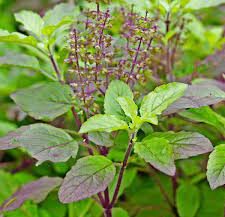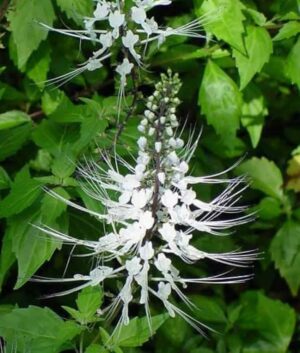Keezhanelli, scientifically known as Phyllanthus niruri, is a herbaceous plant native to tropical regions like India, the Amazon rainforest, and the Caribbean. Its name is derived from Tamil, where “Keezhanelli” translates to “plant that grows beneath the shadows.” This plant, often considered a weed in many places, holds a significant place in traditional medicine systems like Ayurveda and Siddha.
Keezhanelli is revered for its myriad medicinal properties. Its small, greenish-yellow fruits contain a plethora of bioactive compounds, including flavonoids, alkaloids, lignans, and tannins, which contribute to its therapeutic effects. Traditionally, Keezhanelli has been used to treat various ailments, ranging from liver disorders, jaundice, and hepatitis to urinary tract infections, kidney stones, and gastrointestinal issues.
The hepatoprotective properties of Keezhanelli are well-documented, making it a popular choice for liver health. It stimulates liver function and helps in detoxification, aiding in the elimination of harmful toxins from the body. Moreover, its anti-inflammatory and antioxidant properties contribute to overall liver health and may reduce the risk of liver damage.
In addition to its hepatoprotective effects, Keezhanelli exhibits diuretic properties, promoting urine production and aiding in the flushing out of toxins from the body. This makes it beneficial for urinary tract infections and kidney stones by helping to dissolve the stones and alleviate associated discomfort.
Furthermore, Keezhanelli possesses antimicrobial properties, which make it effective against various bacterial and viral infections. It has also shown promise in managing diabetes by regulating blood sugar levels.
Despite its therapeutic potential, Keezhanelli should be consumed under the guidance of a healthcare professional, as improper usage or dosage may lead to adverse effects. Pregnant and breastfeeding women should exercise caution when using Keezhanelli due to limited safety data.
In conclusion, Keezhanelli is a remarkable plant with a long history of medicinal use. Its diverse pharmacological properties make it a valuable asset in natural medicine, offering potential benefits for liver health, urinary tract issues, and more. However, further research is warranted to fully understand its mechanisms of action and optimize its therapeutic use.







Nina Sengupta –
Phyllanthus niruri (not N) doesn’t occur in India. Kizhanelli or Bhumi amla refers to two other Phyllanthus. species